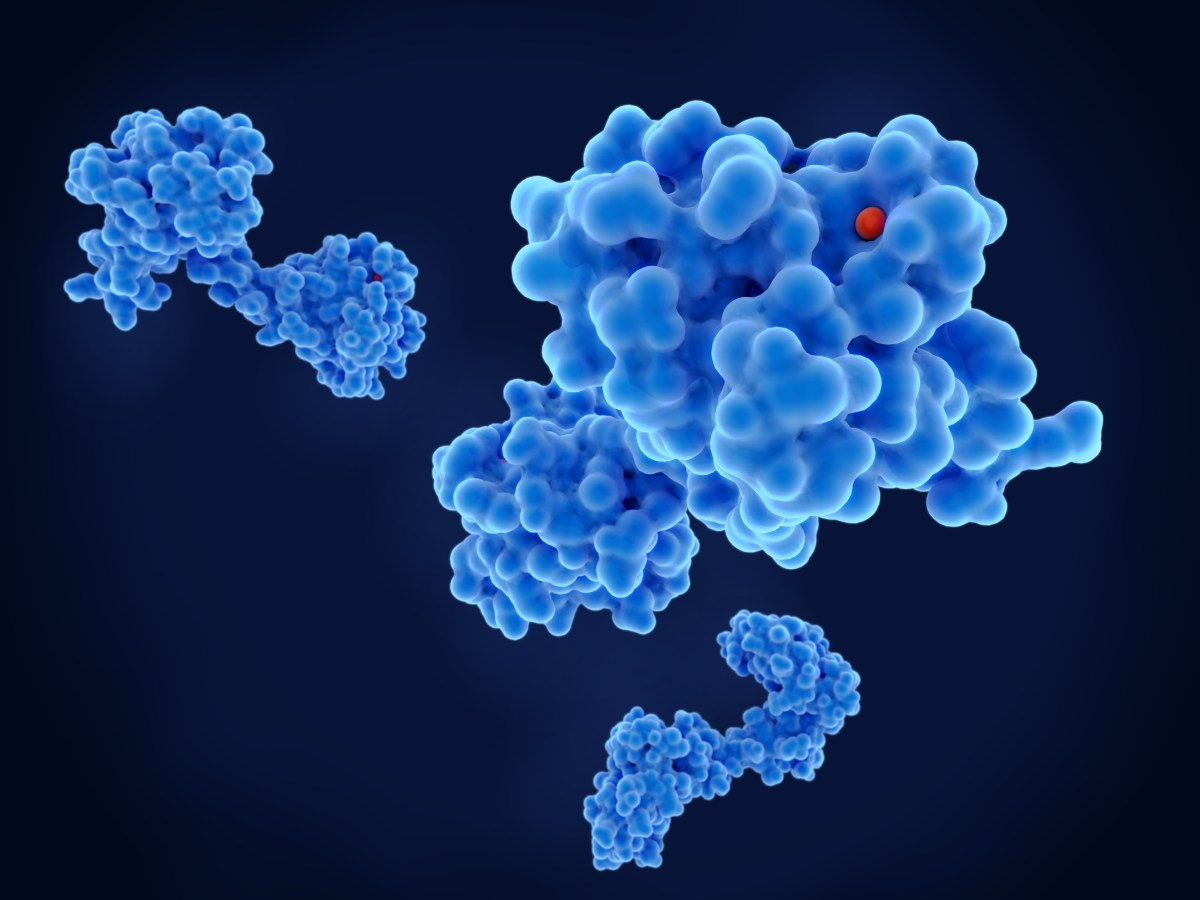
The pill contains a vibrating motor powered by a small silver oxide battery. When it reaches the gut, gastric acid dissolves its outer layer. This causes an electronic circuit to close, which starts the vibration
Shriya Srinivasan, Giovanni Traverso, MIT News
A vibrating pill that tricks the brain into thinking the stomach is full could one day treat obesity. The approach would be considerably less invasive than gastric bypass surgery and potentially cheaper and less prone to side effects than drugs such as Wegovy and Ozempic.
Giovanni Traverso at the Massachusetts Institute of Technology and his colleagues have developed a pill around the size of a standard multivitamin that houses a vibrating motor powered by a small silver oxide battery, which is safe to swallow. When the pill reaches the gut, gastric acid dissolves its outer layer. This causes an electronic circuit to close, which starts the vibration.
In an experiment in pigs, some of the animals were given the pill 20 minutes before being given access to food. These pigs ate around 40 per cent less compared with those that weren’t given the pill. They also had higher levels of hormones in their blood that typically signal satiety.
The researchers hope to test the pill in people “soon”, says Traverso, believing it could have potential as an obesity treatment. “It’s an enormous health problem, with over 40 per cent of the US population, for example, being affected.”
The pill’s vibration activates the same receptors that detect when the stomach lining is distended after a big meal, passing signals to the brain that it is full, he says. The prototype version vibrates for 30 minutes before its battery runs down and it is passed naturally.
According to Traverso, future versions could be adapted to remain in the stomach semi-permanently and be turned on and off wirelessly as needed. The reaction to the device will probably be unique to the individual, he says, but it could be automatically turned on for a short period every day to generally lower appetite or even be controlled by a smartphone app to target hunger pangs.
Previous research by the same group found that electrical stimulation of the stomach lining can actually activate feelings of hunger, potentially leading to treatments for a lack of appetite among people with cancer. “I think it’s really exciting because we’re just learning what we’re able to do through stimulation of, in different ways, different parts of the GI [gastrointestinal] tract,” says Traverso. “When we eat, we feel full, and the question is: can we induce that sense of feeling full? Can we create that illusion?”
Topics:


























































